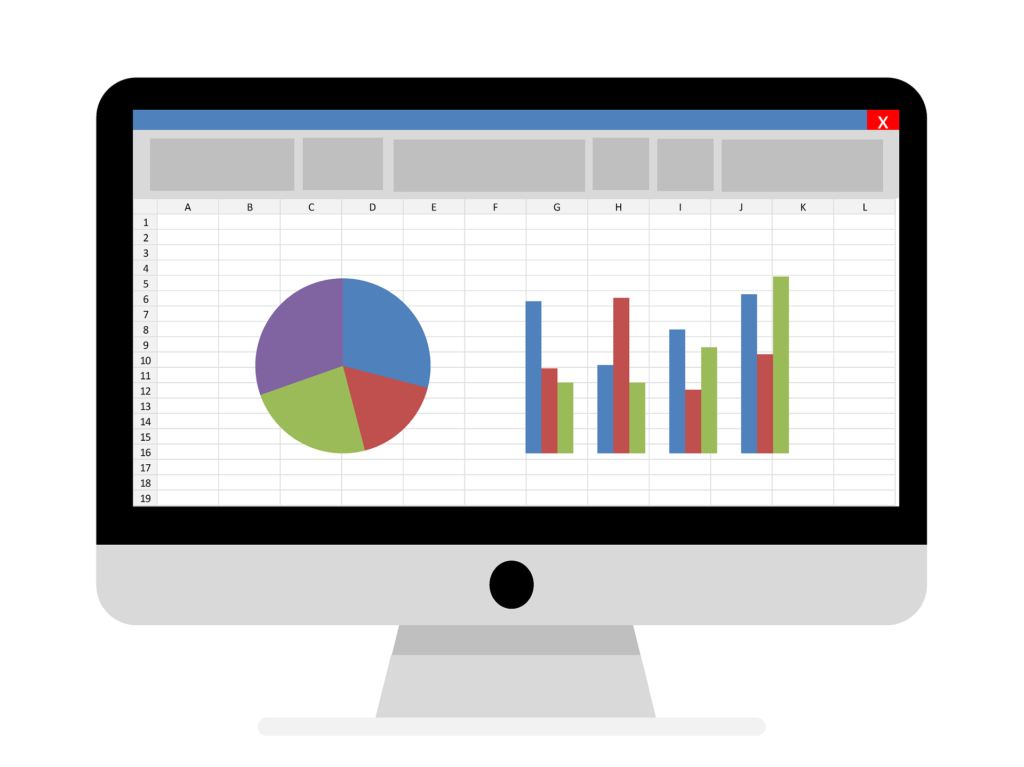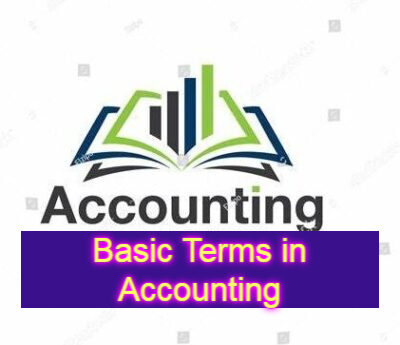Contents
What are the Basic Terms in Accounting?
Basic Terms in Accounting have been altering with the modifications in economic improvement and increasing societal demands. It describes and analyses a mass of facts of an employer via measurement, classification, and summarization, and reduces these data into reviews and statements, which show the monetary situation and outcomes of operations of that enterprise.
Hence, it is viewed as the language of business. It additionally performs the carrier exercise by providing quantitative economic data that helps the customers in a variety of ways. Then the financial position of the organization is not known, and the business will gradually wind up position.

Basic Terms in Accounting
1. Entity
Entity capacity is a fact that has an exact man or woman’s existence. A business entity means an especially identifiable commercial enterprise organization like Super Bazaar, Hire Jewelers, ITC Limited, etc. An accounting device is continually devised for a specific business entity (also known as an accounting entity).
2. Transaction
A match involving some cost between two or greater entities. It is often a sale of products, receipt of cash, price to a creditor, incurring expenses, etc. It is typically a money transaction or a savings transaction in basic terms in accounting.
3. Assets
Assets are financial assets of an organization that can be usefully expressed in financial terms. Assets are objects of price employed by way of the enterprise in its operations. For example, Super Bazaar owns a fleet of trucks, which is employed by it for delivering foodstuffs; the trucks, thus, furnish gain to the enterprise. This object will be proven on the asset aspect of the stability sheet of Super Bazaar.
4. Liabilities
Liabilities are responsibilities or money owed that an organization has got to pay at a while in the future. They symbolize creditors’ claims on the firm’s assets. Both small and large organizations find it indispensable to borrow cash on just one occasion or the opposite, and to shop for items on credit.
Super Bazaar, for example, purchases items for Rs.10,000 on a credit score for a month from Fast Food Products on March 25, 2005. If the stability sheet of Super Bazaar is organized as of March 31, 2005, Fast Food Products will be proven as lenders on the liabilities facet of the stability sheet. If Super Bazaar takes a mortgage for three years from Delhi State Co-operative Bank, this will additionally be proven as a legal responsibility in the stability sheet of Super Bazaar.
5. Capital
The amount invested by the owner within the firm is understood as capital. It may be brought within the sort of cash or assets by the owner of the business entity, capital is an obligation and a claim on the assets of the business. It is, therefore, shown as capital on the liabilities side of the balance sheet.
6. Sales
Sales are total revenues from goods or services sold or provided to customers. Sales may be cash sales or credit sales.
7. Revenues
These are the amounts of the business earned by selling its products or providing services to customers, called sales revenue. Other items of revenue common to many businesses are commission, interest, dividends, royalties, rent received, etc. Revenue is also called income.
8. Expenditure
Spending money or incurring liability for a few benefits, services or property received is named expenditure. Purchase of products, purchase of machinery, purchase of furniture, etc. are examples of expenditure. If the advantage of expenditure is exhausted within a year, it’s treated as an expense (also called revenue expenditure).
On the other hand, if the benefit of an expenditure lasts for more than a year, it is treated as an asset (also called capital expenditure) such as the purchase of machinery, furniture, etc.
9. Profit
The excess of revenues of a period over its related expenses during an accounting year is profit. Profit increases the investment of the owners.
10. Gain
A profit arises from events or transactions which are incidental to the business, such as the sale of fixed assets, winning a court case, or appreciation in the value of an asset.
11. Loss
The excess of expenses of a period over its related revenues is termed a loss. It decreases the owner’s equity. It also refers to money or money’s worth lost (or cost incurred) without receiving any benefit in return, e.g., cash or goods lost by theft or a fire accident, etc. Furthermore, it also includes a loss on the sale of fixed assets.
12. Discount
Discount is the deduction within the price of the products sold. It is offered in two ways. Offering a deduction of an agreed percentage of the asking price at the time of selling goods is a method of giving a discount. Such a discount is called a ‘trade discount’. It is generally offered by manufacturers to wholesalers and by wholesalers to retailers.
After selling the goods on a credit basis, the debtors may be given a certain deduction in the amount due in case if they pay the amount within the stipulated period or earlier. This deduction is given at the time of payment on the quantity payable. Hence, it is called a cash discount. Cash discount acts as an incentive that encourages prompt payment by the debtors.
13. Voucher
The documentary evidence in support of a transaction is understood as a voucher. For instance, if we buy goods for cash, we get a cash memo, if we buy on credit, we get an invoice; once we make a payment we get a receipt.
14. Goods
It refers to the products during which the business unit is dealing, i.e. in terms of which it’s buying and selling or producing and selling. The items that are purchased to be used within the business aren’t called goods.
For example, for a furniture dealer purchase of chairs and tables is termed as goods, while for others it is the furniture and is treated as an asset. Similarly, for a stationery merchant, stationery is goods, whereas for others it’s an item of expense (not purchases).
15. Drawings
Withdrawal of cash and/or goods by the owner from the business for private use is understood as drawings. Drawings reduce the investment of the owners.
16. Purchases
Purchases are a complete amount of products procured by a business on credit and cash, to be used or sold. During a trading concern, purchases are made from merchandise for resale with or without processing. During a manufacturing concern, raw materials are purchased, processed further into finished goods, and then sold. Purchases could also be cash purchases or credit purchases.
16. Stock
Stock (inventory) may be a measure of something on hand goods, spares, and other items during a business. It is called Stock in hand. In a trading concern, the stock on hand is the number of goods that are lying unsold at the end of an accounting period called closing stock ending inventory).
In a manufacturing company, closing stock comprises raw materials, semi-finished goods and finished goods on hand on the closing date. Similarly, opening stock (beginning inventory) is the amount of stock at the start of the accounting period.
17. Debtors
Debtors are persons and/or other entities who owe to an enterprise an amount for purchasing goods and services on credit. The total amount standing against such persons and/or entities on the deadline is shown within the record as sundry debtors on the asset side.
18. Creditors
Creditors are persons and/or other entities who need to be paid by an enterprise an amount for providing the enterprise goods and services on credit. The total amount standing in the favor of such persons and/or entities on the deadline is shown within the record as sundry creditors on the liabilities side.

Leave a Reply